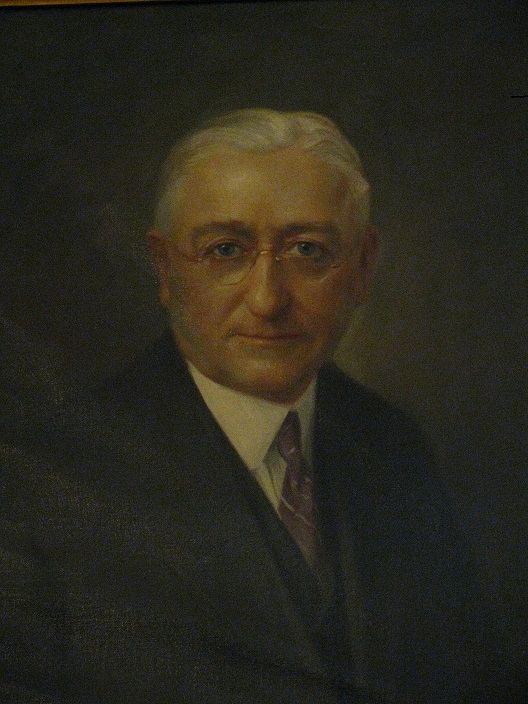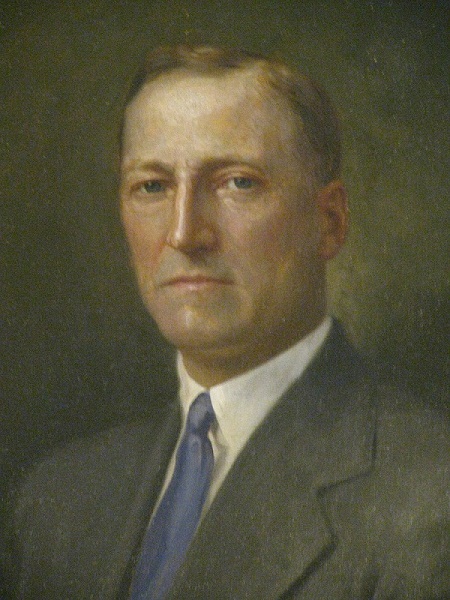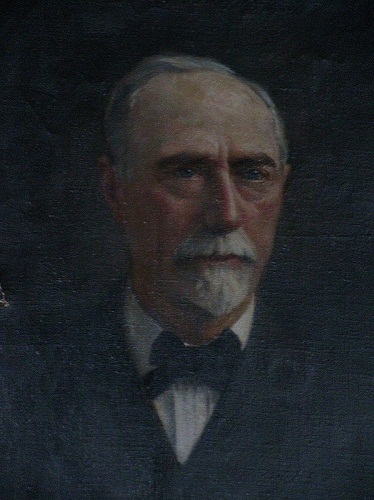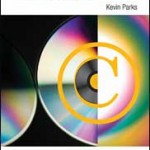Modern litigation practice inevitably requires a certain familiarity with the mediation process. After all, the expensive nature of litigation will naturally push most cases toward settlement, in which cases a mediation session might turn out to be your client’s only “day in court”. Yet its informal nature can leave both the practitioner and the client at loss for needed structure and direction for the process.
Published this year by the American Bar Association, here comes Representing Clients in Mediation: A Guide to Optimal Results Based on Insights from Counsel, Mediators and Program Administrators by Spencer Punnett. This book is composed of concise step-by-step instructions and advice on every stage of the mediation, from selecting a mediator to closing the deal. Punnett also liberally peppers his work with “sidebars” – entertaining tips and quips from mediators, lawyers, and law professors alike. The final product is a valuable research-based tool which can help practicing litigators optimize their results, or simply inform laypeople about the mediation process.
More information about this book is available here.
![file000473758103[1]](https://ramseylawlibrary.org/wp-content/uploads/2013/02/file0004737581031-150x150.jpg)







